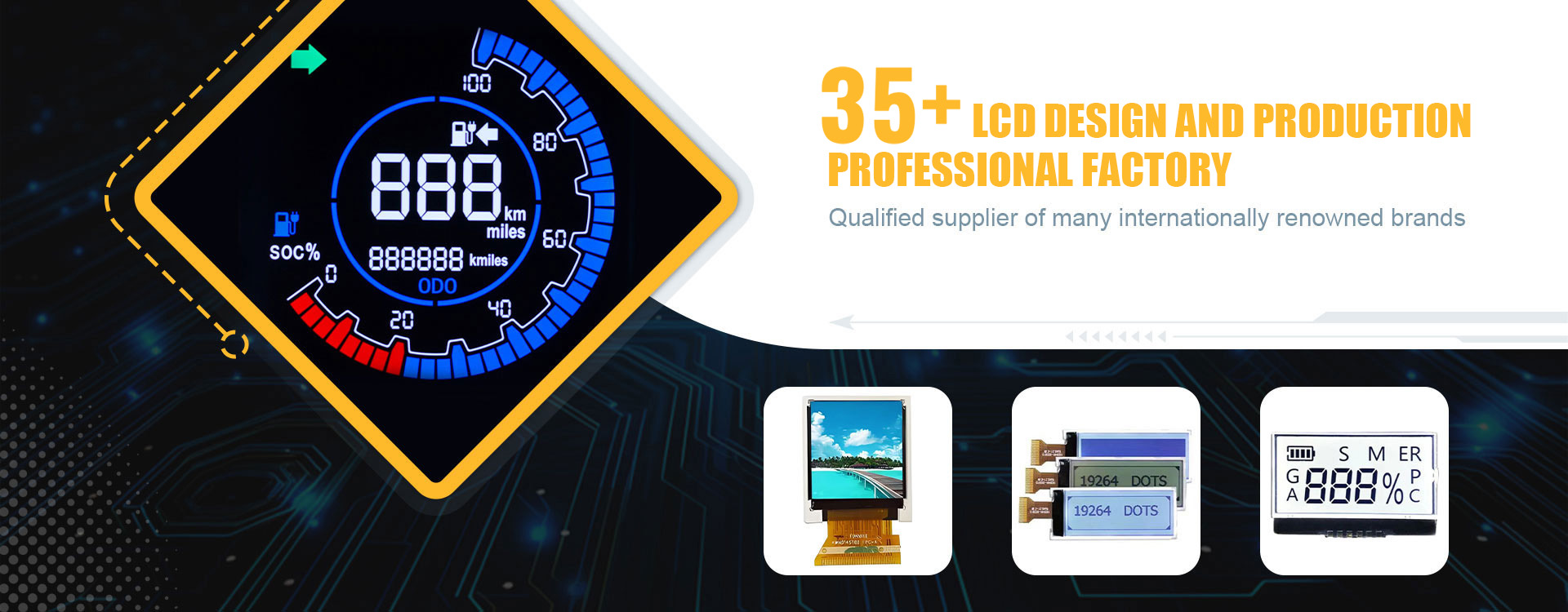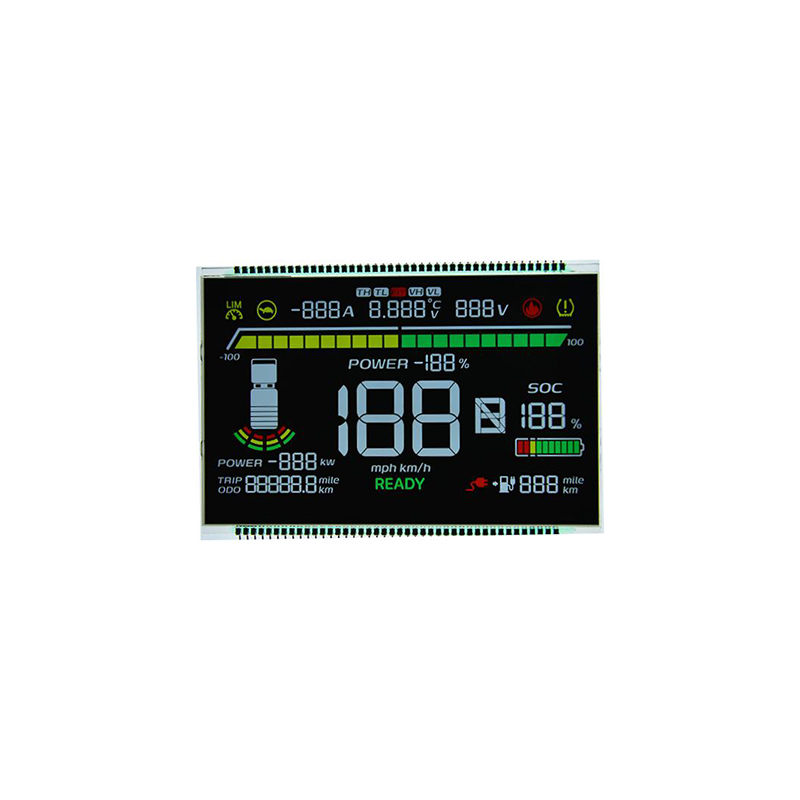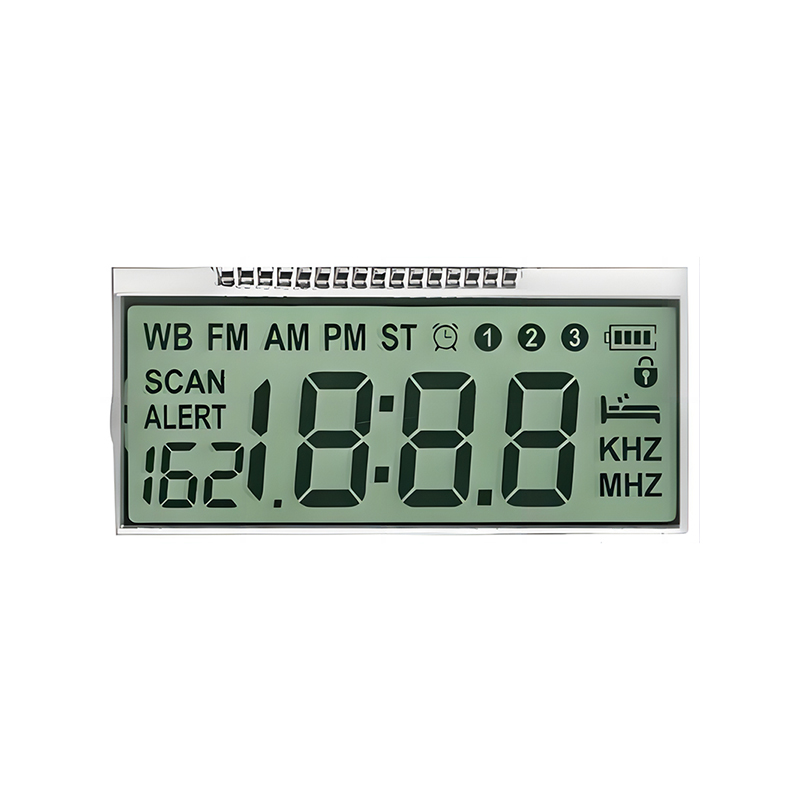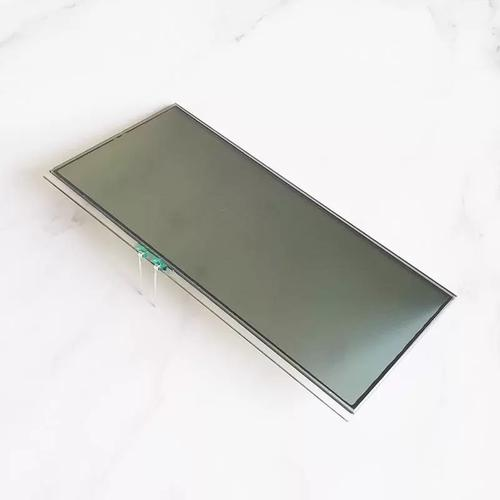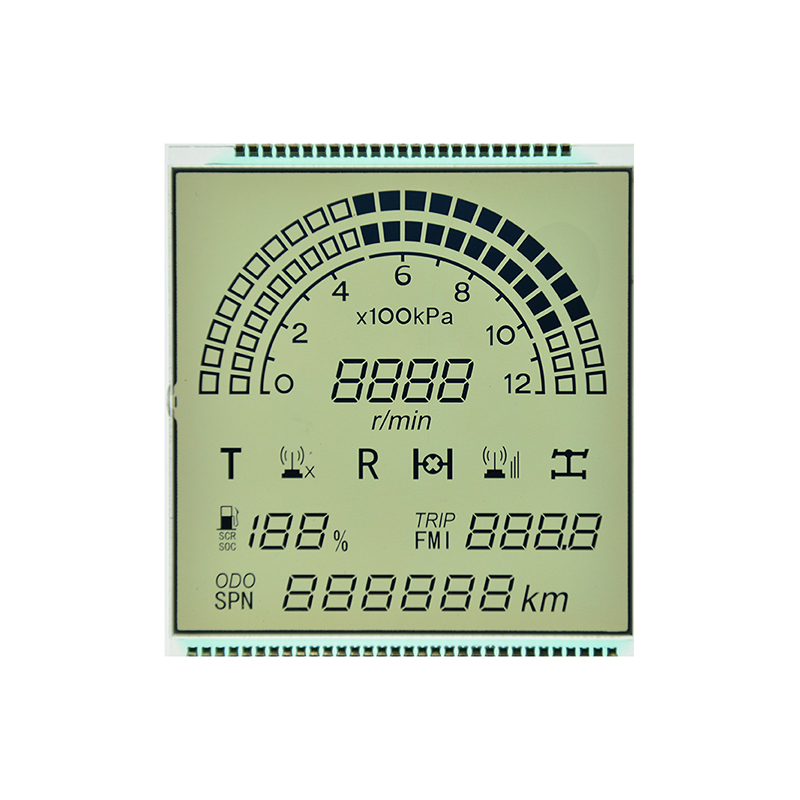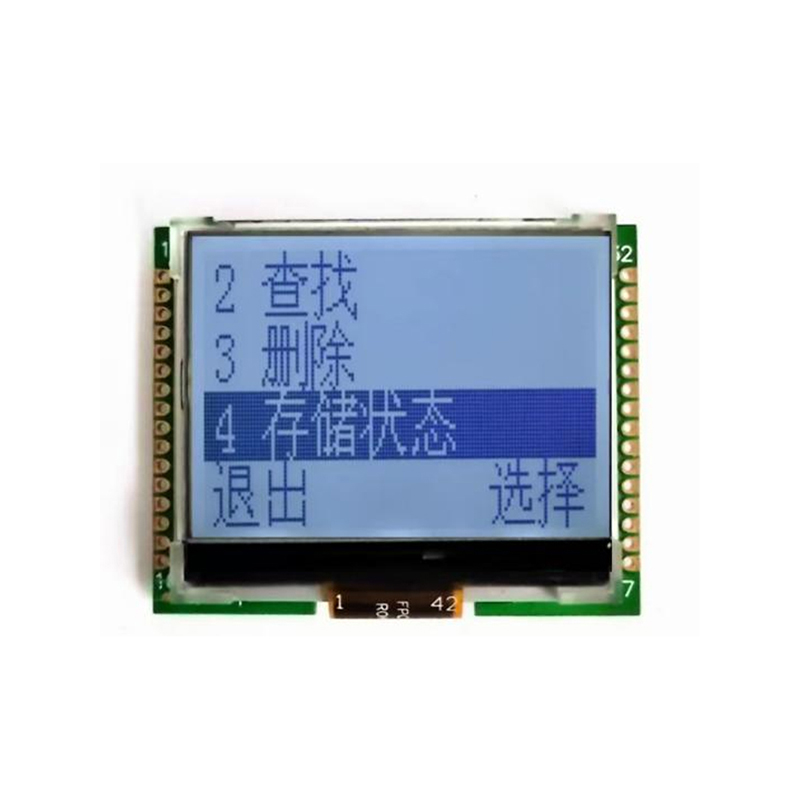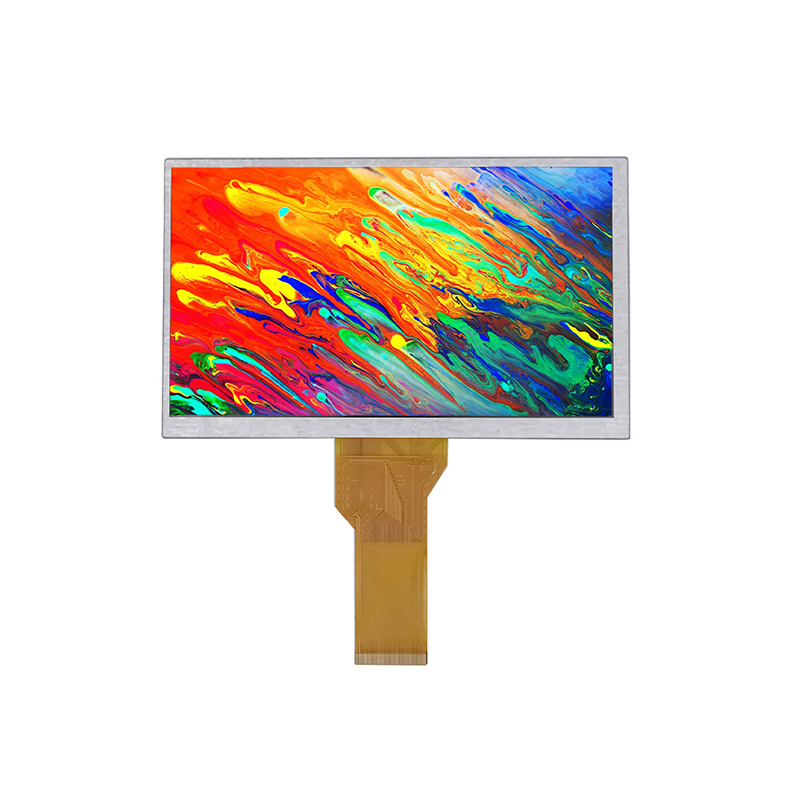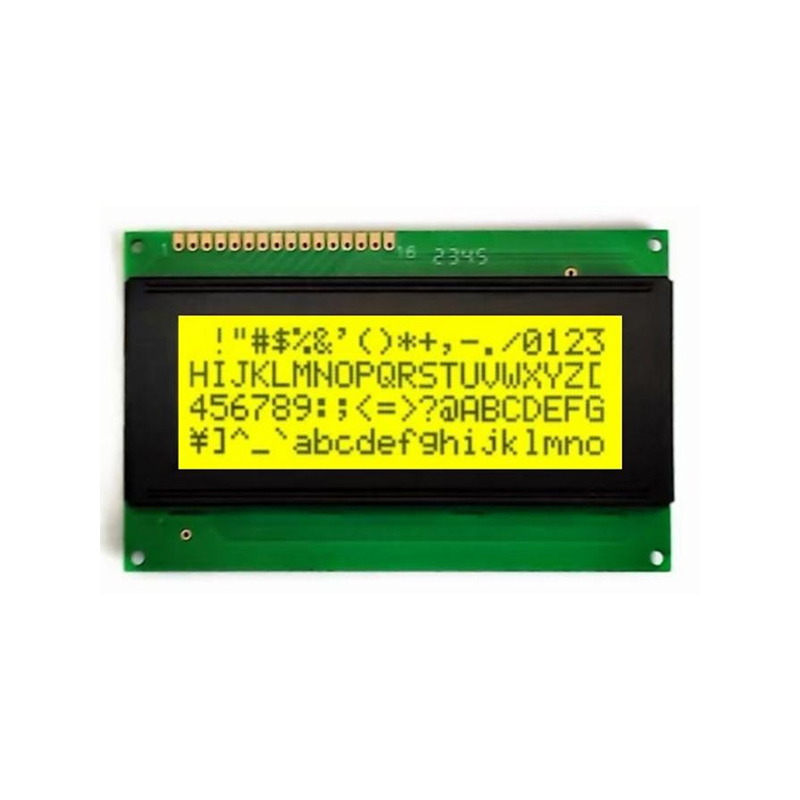
Choosing the right TFT screen product can be overwhelming with so many options available. This guide helps you navigate the complexities, providing expert insights into selecting the perfect screen for your specific needs. We’ll cover various types, key features, and factors to consider, ensuring you make an informed decision.
Thin-film transistor (TFT) liquid crystal displays (LCDs) are the most common type of flat-panel display used in computers, smartphones, and tablets. They offer a superior image quality compared to older technologies. Understanding the different types of TFT screens is crucial to selecting the best TFT screen product for your application. For high-quality displays, consider looking at manufacturers like Dalian Eastern Display Co., Ltd. (https://www.ed-lcd.com/), who are known for their innovative technology and commitment to quality.
Different TFT screen types exist, each with its own strengths and weaknesses. These include IPS (In-Plane Switching), TN (Twisted Nematic), and VA (Vertical Alignment) panels. IPS panels offer superior color accuracy and viewing angles, while TN panels are faster and cheaper, making them suitable for gaming. VA panels provide a good balance between color accuracy and contrast.
Higher resolution and pixel density result in sharper and clearer images. Consider the resolution needed for your application; a higher resolution is generally better, especially for tasks requiring detail, such as graphic design or video editing.
Response time measures how quickly a pixel changes color. Faster response times are crucial for gaming and video playback to minimize motion blur. A response time of 1ms or less is ideal for fast-paced activities.
Refresh rate determines how many times per second the image on the screen is updated. A higher refresh rate (e.g., 144Hz or higher) reduces screen tearing and stuttering, providing a smoother viewing experience, especially beneficial for gamers. A standard refresh rate for most applications would be 60Hz.
Brightness affects the visibility of the screen in different lighting conditions. A higher brightness is better for use in bright environments. The contrast ratio determines the difference between the darkest and brightest colors, impacting image depth and detail.
Viewing angles determine how well the screen's image quality is maintained when viewed from different angles. IPS panels generally provide wider viewing angles than TN panels.
The best TFT screen product depends on your specific requirements and budget. For example:
| Product | Resolution | Response Time | Refresh Rate | Panel Type | Price Range |
|---|---|---|---|---|---|
| Product A | 1920x1080 | 1ms | 144Hz | TN | $150 - $200 |
| Product B | 2560x1440 | 5ms | 60Hz | IPS | $300 - $400 |
| Product C | 3840x2160 | 4ms | 120Hz | VA | $500 - $700 |
Note: Prices are approximate and may vary depending on the retailer and specifications.
Selecting the perfect TFT screen product requires careful consideration of various factors. By understanding the different types of TFT screens and their key features, you can make an informed decision that meets your specific needs and budget. Remember to check reviews and compare specifications before making a purchase. Consider exploring the extensive range of TFT screen products available from reputable manufacturers.
Disclaimer: Product names and price ranges are for illustrative purposes only. Always consult official product specifications and retailer pricing before making a purchase.
